Beijing: Very Modern and Very Ancient All at Once
Beijing is a huge city with nearly 12 million inhabitants. However because of it’s extensive and modern subway system it’s easy, and affordable, to get to most places of interest easily and quickly. It’s also helpful that all the street and traffic signs are in English as well as Chinese.
I made a stop over here on the way to, and coming back from, Thailand. I had never been to Beijing before but having been in a number of cities in the developing world I arrived here with certain expectations about what I would encounter. I had assumed that the city would be dirty. Carefree littering is a hallmark of life in the third world. But Beijing was not dirty at all. Well, the air was definitely not clean. I also thought that street-food carts would be virtually everywhere. There are almost none in Beijing. The only ones I saw were at the Donghuamen Yeshi Night Market near Wangfujing Road, the place to go for high end boutiques and designer labels (not my thing at all, I went for the food). I was also surprised by how much green space there is in the city. Behai Lake and Houhai Lake for example are surrounded by expansive, leafy grounds that provide a soothing escape from the scramble of the metropolis. The grounds of these parks are very well maintained and orderly, and no, there’s no litter in sight.
I was very impressed by some of the modern architecture there. Some of it is really stunning. The CCTV building is very eye catching since it looks like it shouldn’t be able to avoid toppling over. The train station in Terminal 3 of the Capital City airport is one of the most appealing modern constructions I’ve ever seen. It has a massive vaulted ceiling that’s mostly clear glass. The floor of the station is polished stone so it reflects the light coming through the ceiling.
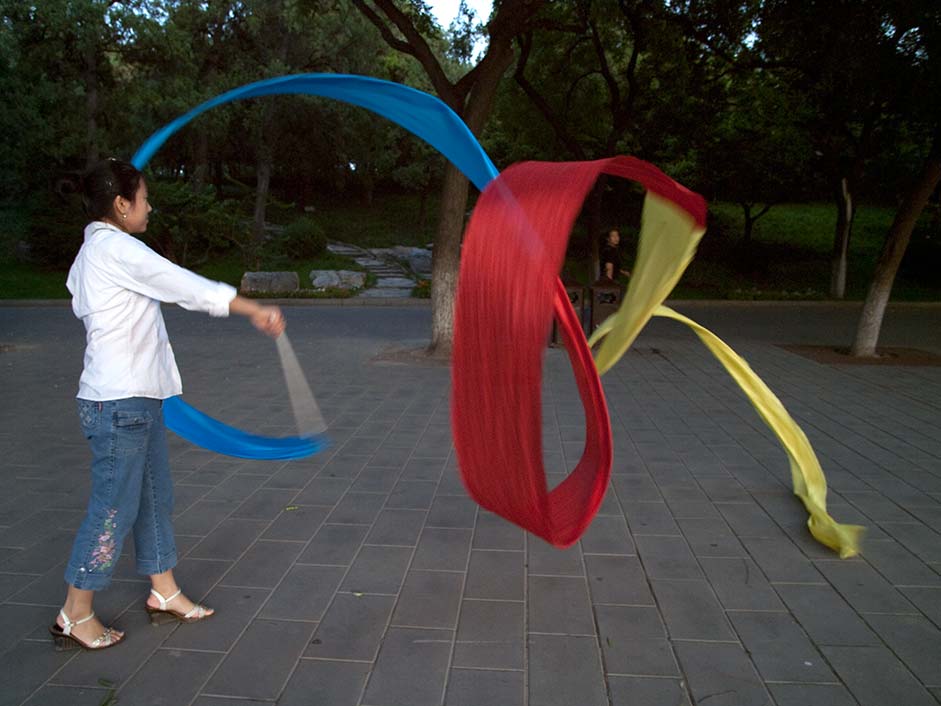
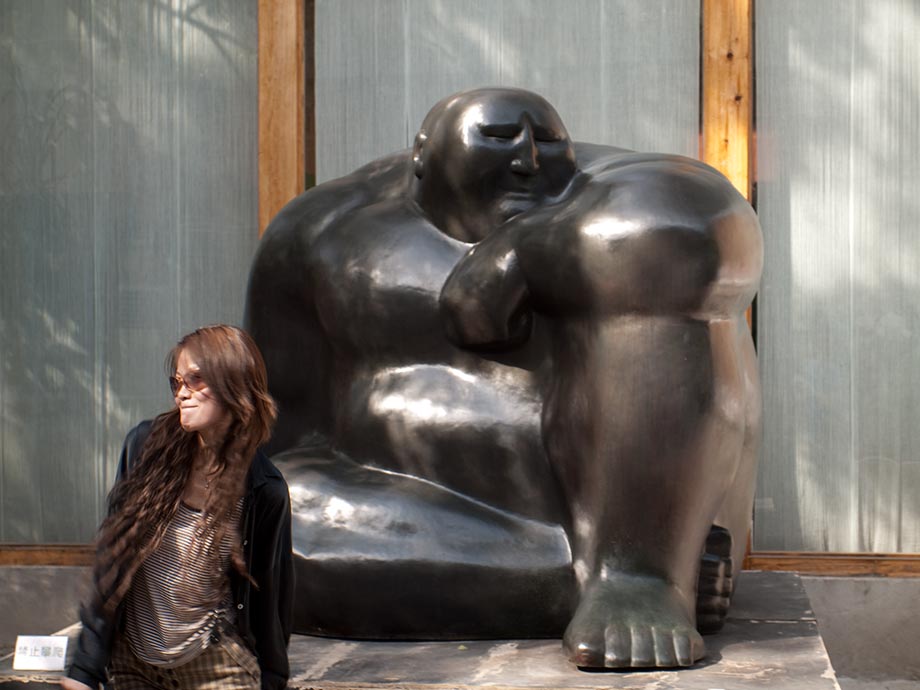
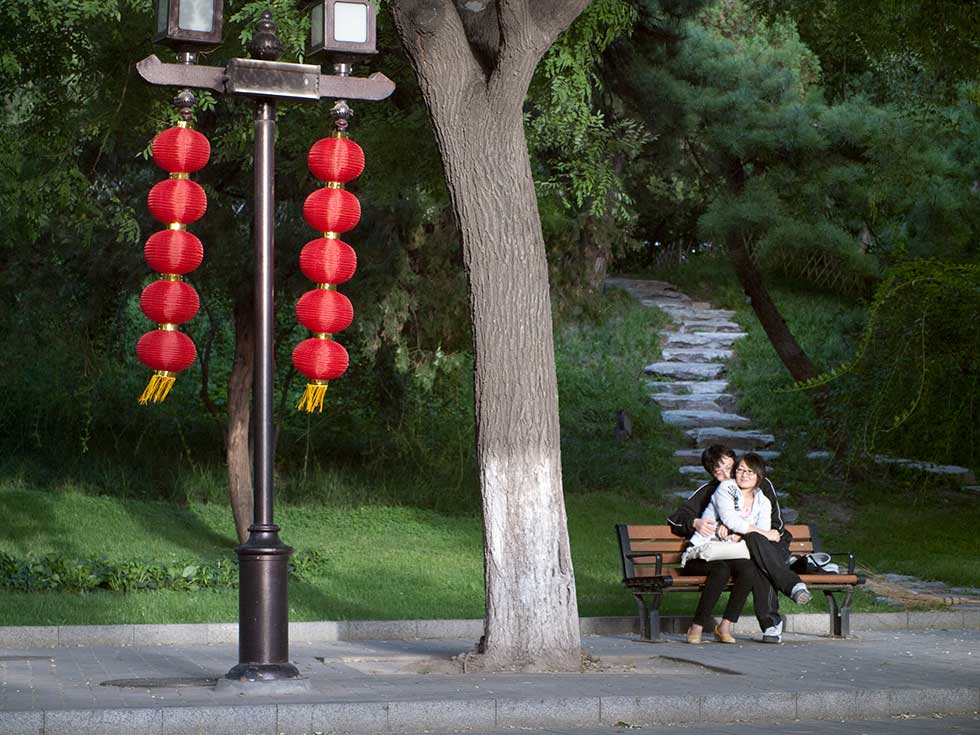
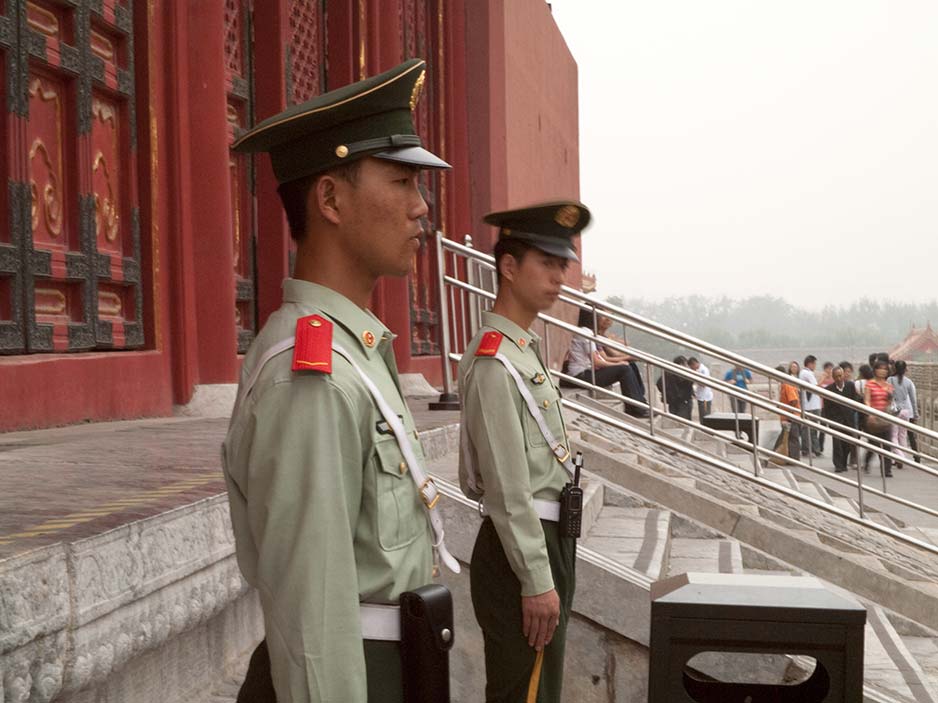
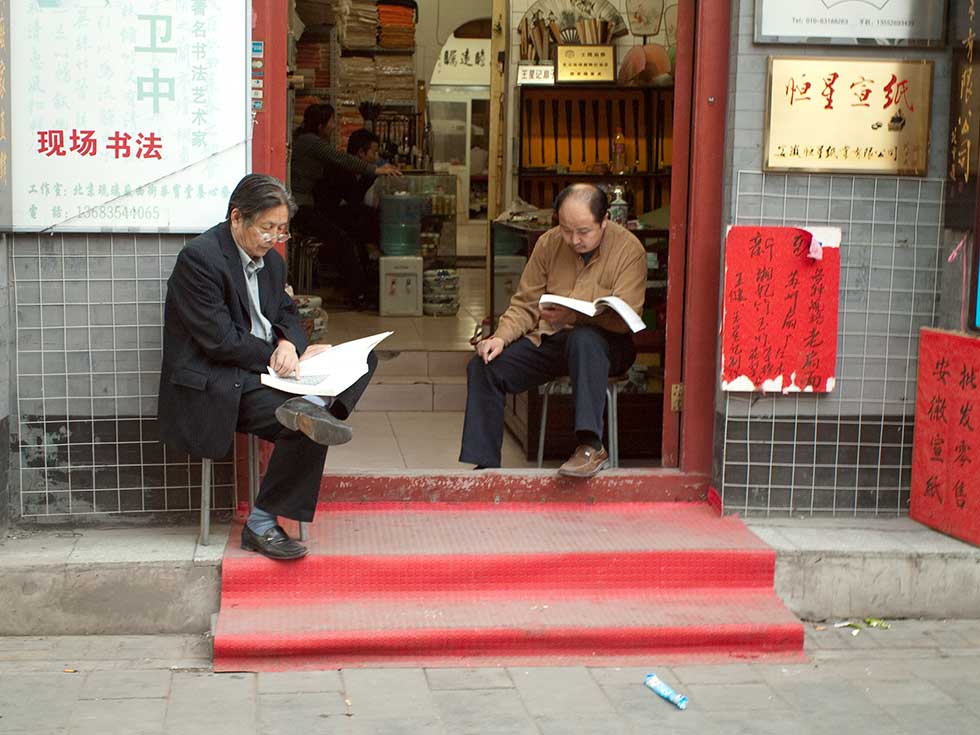
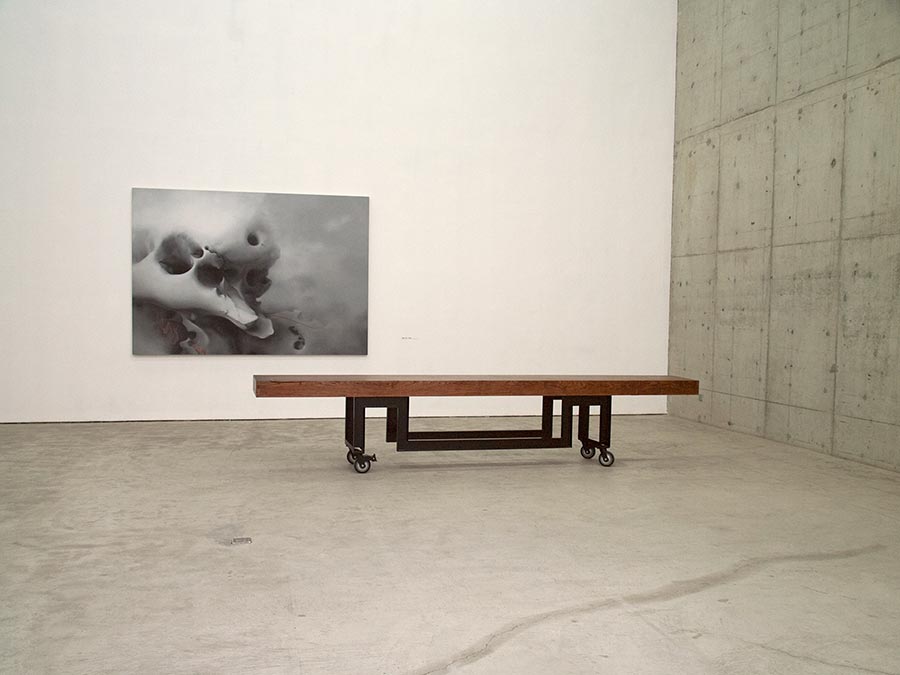
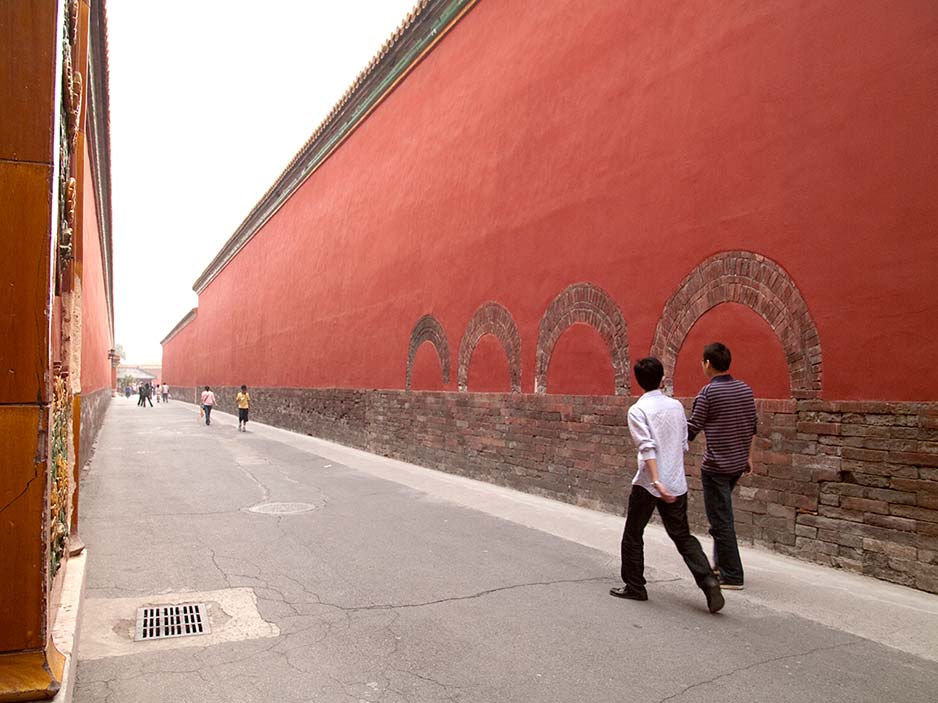
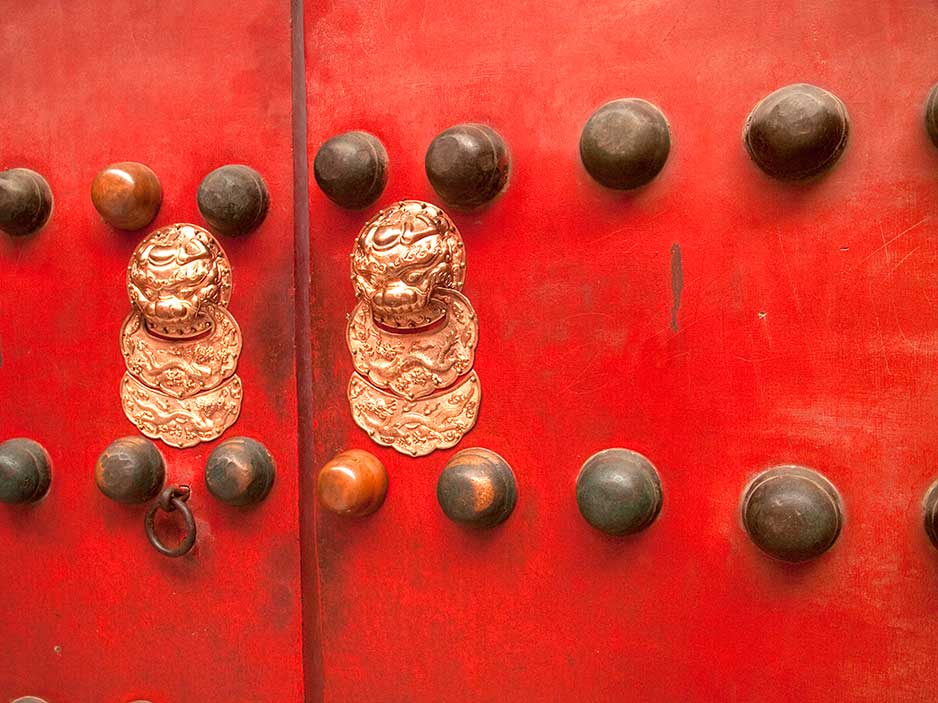
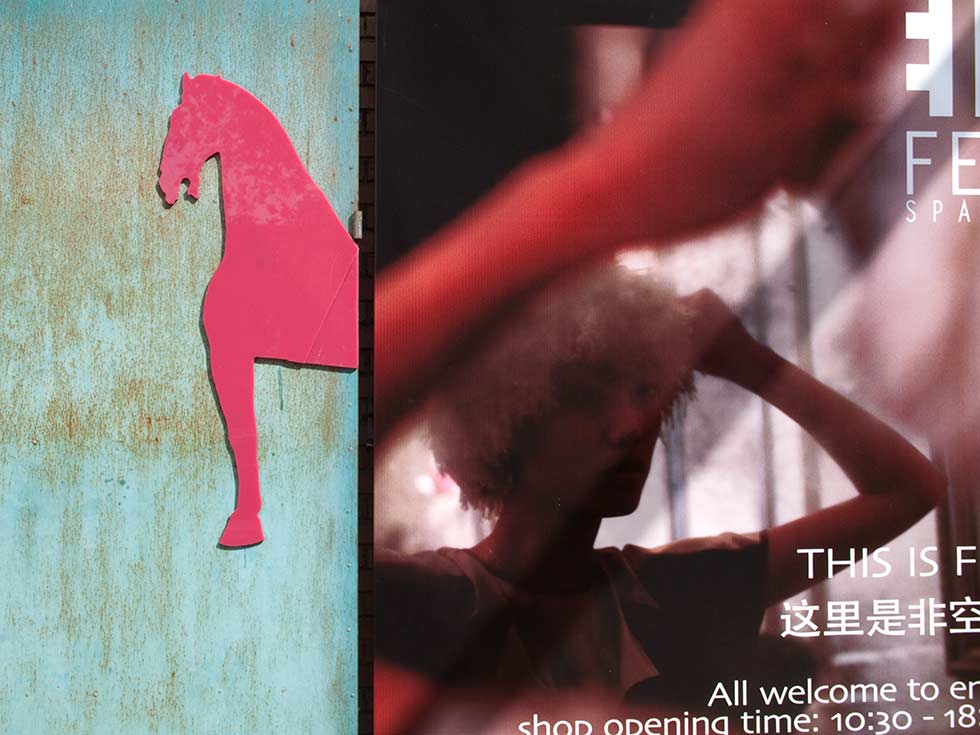
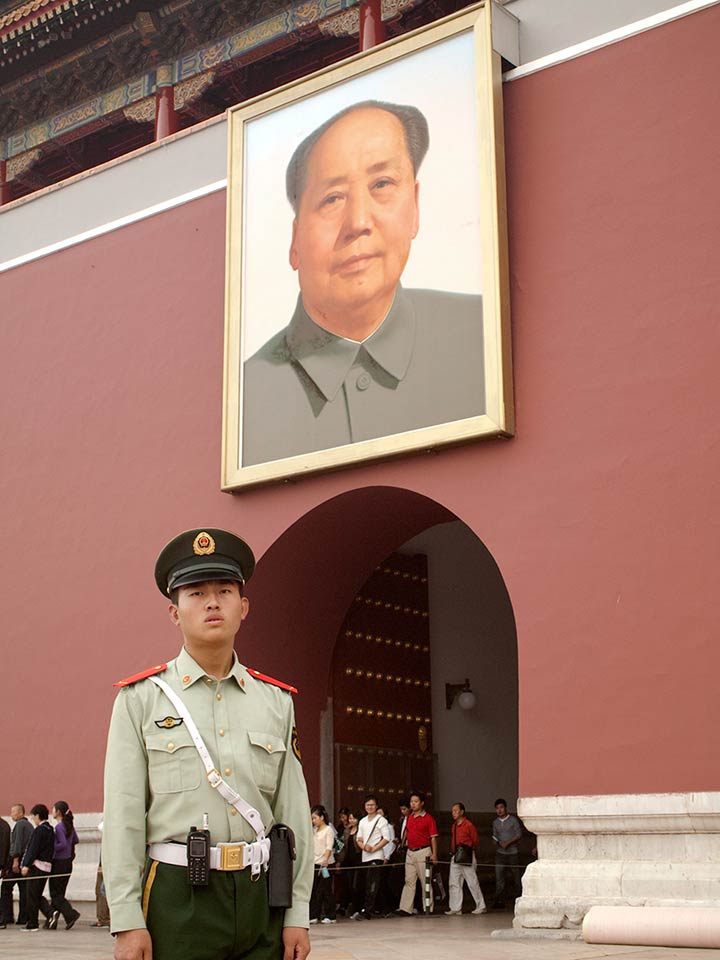
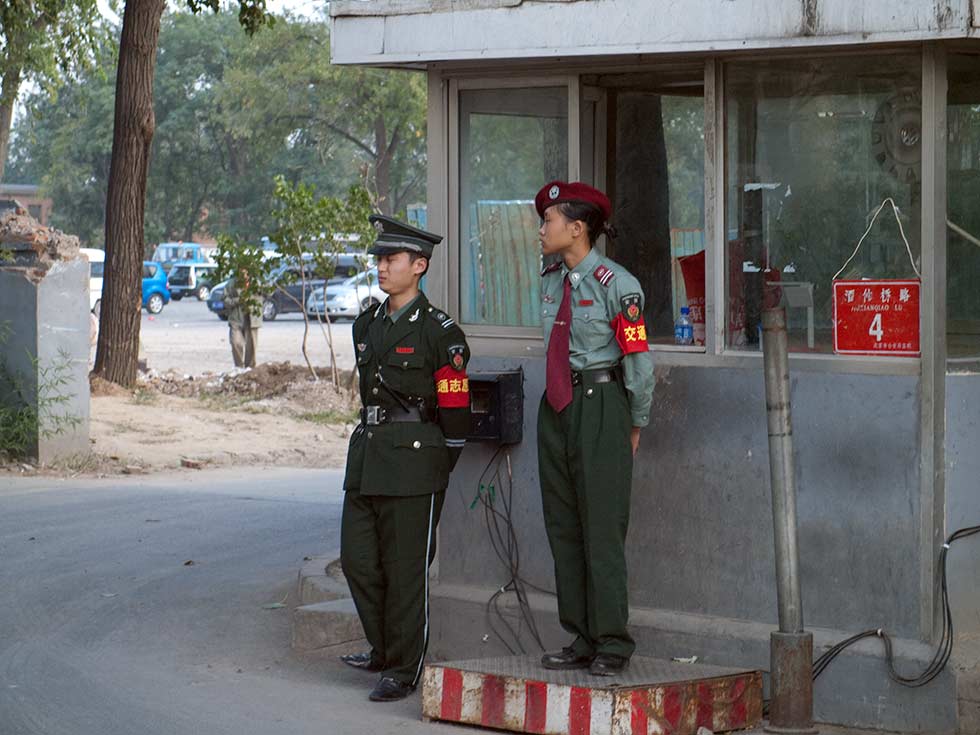
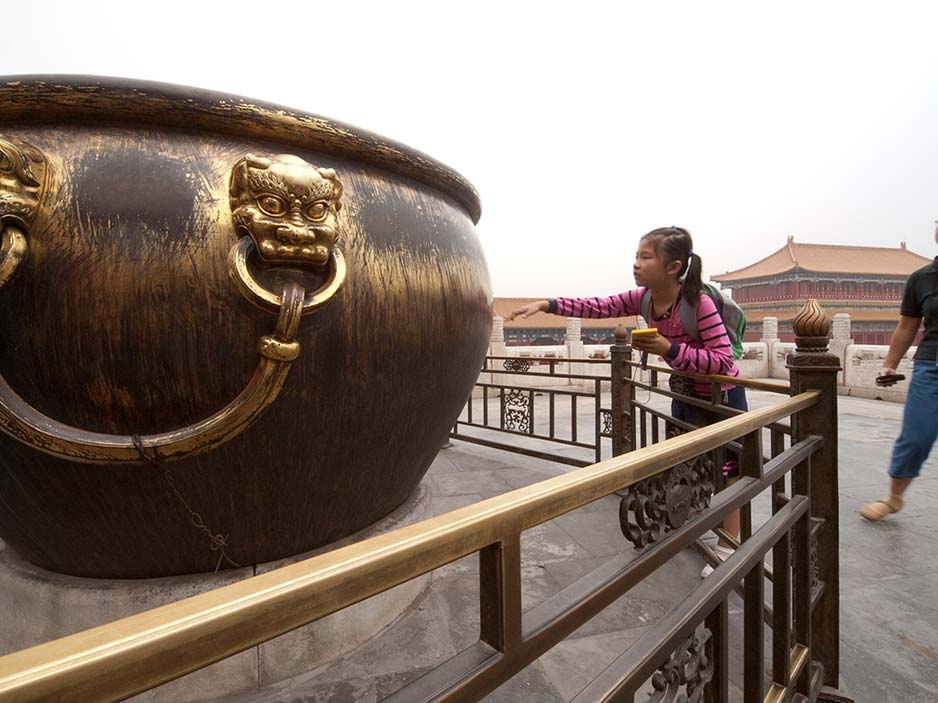
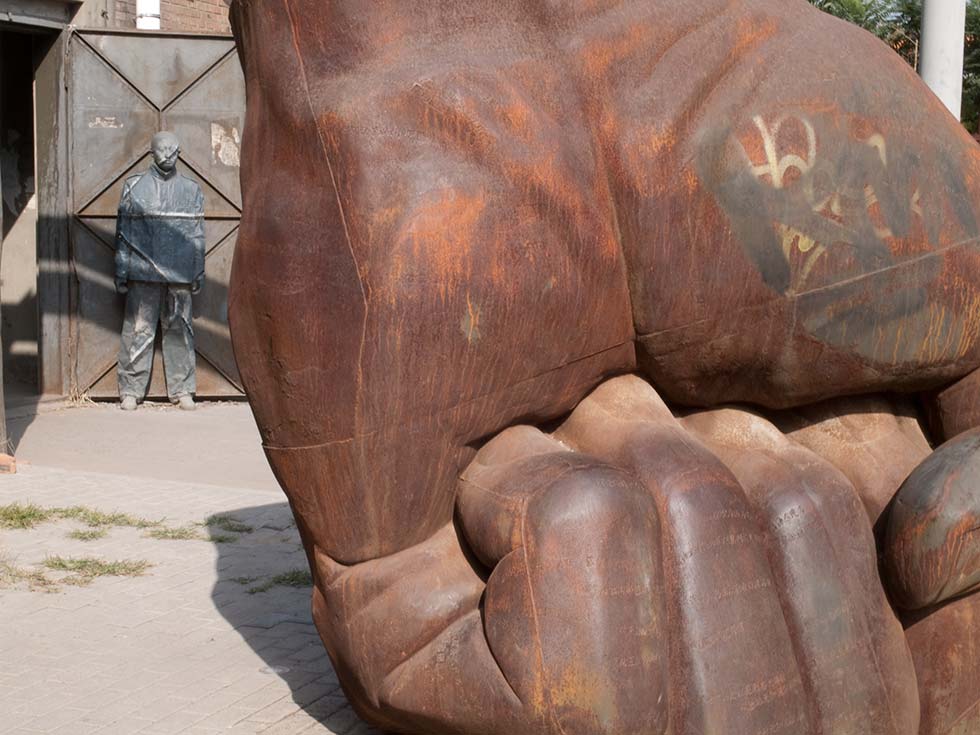
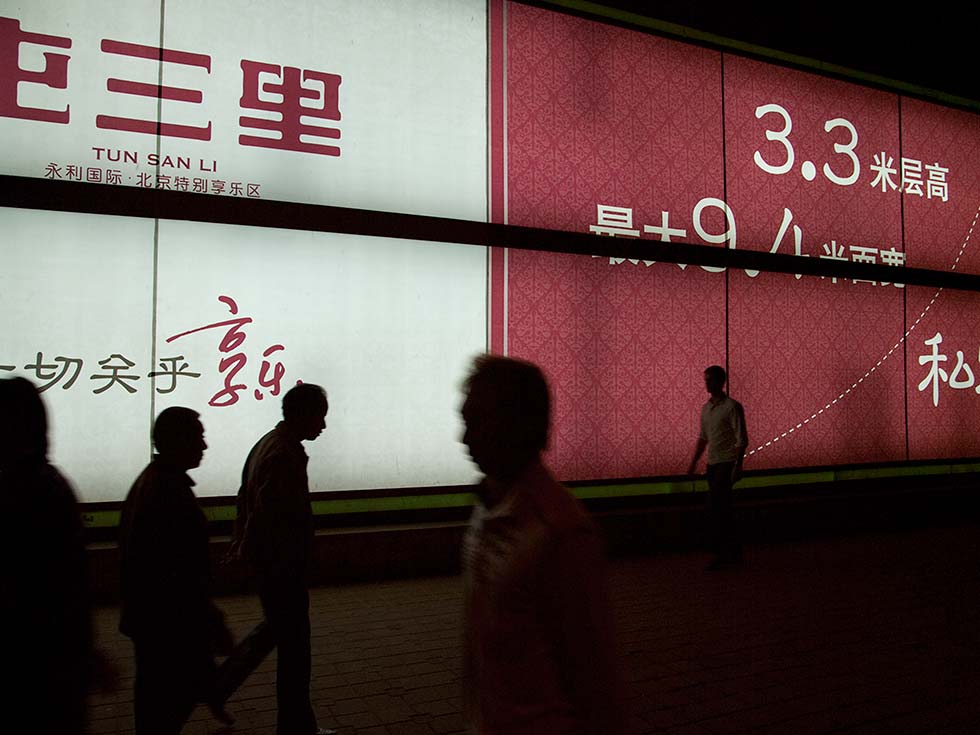
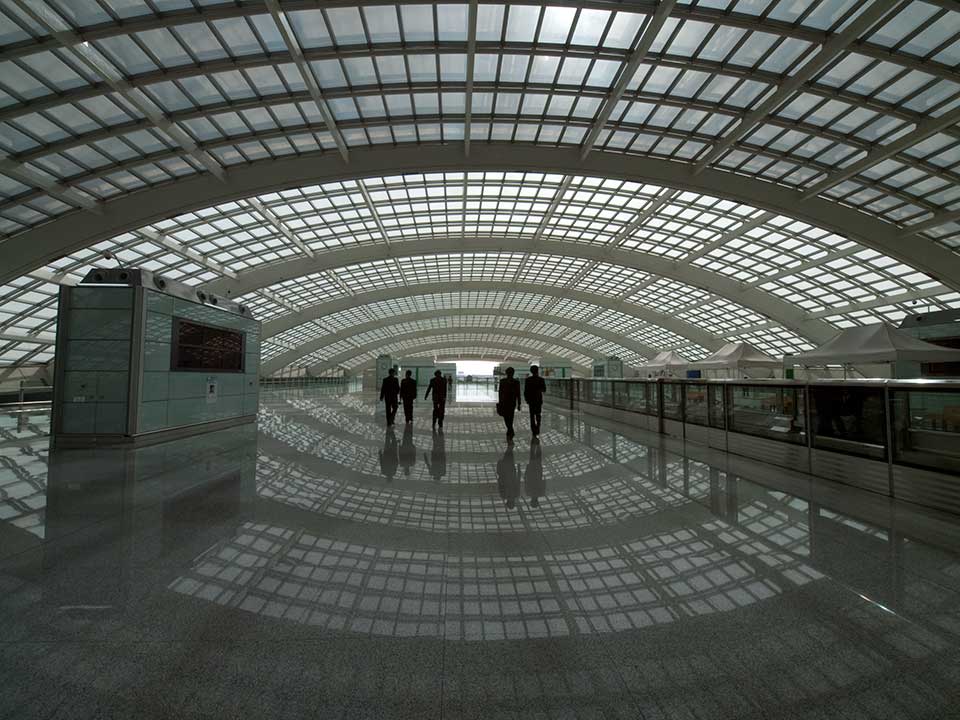
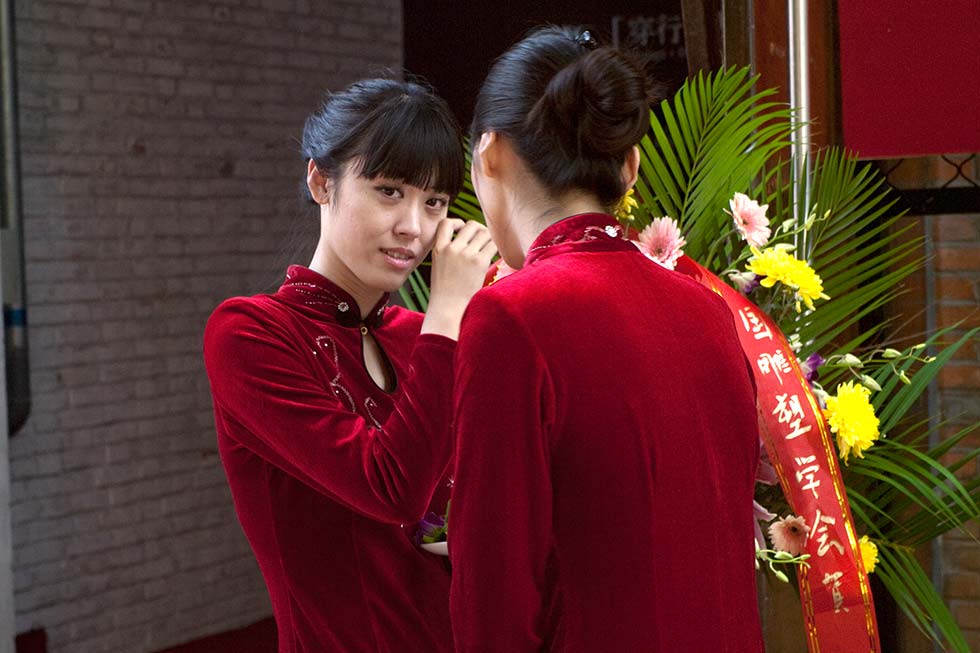
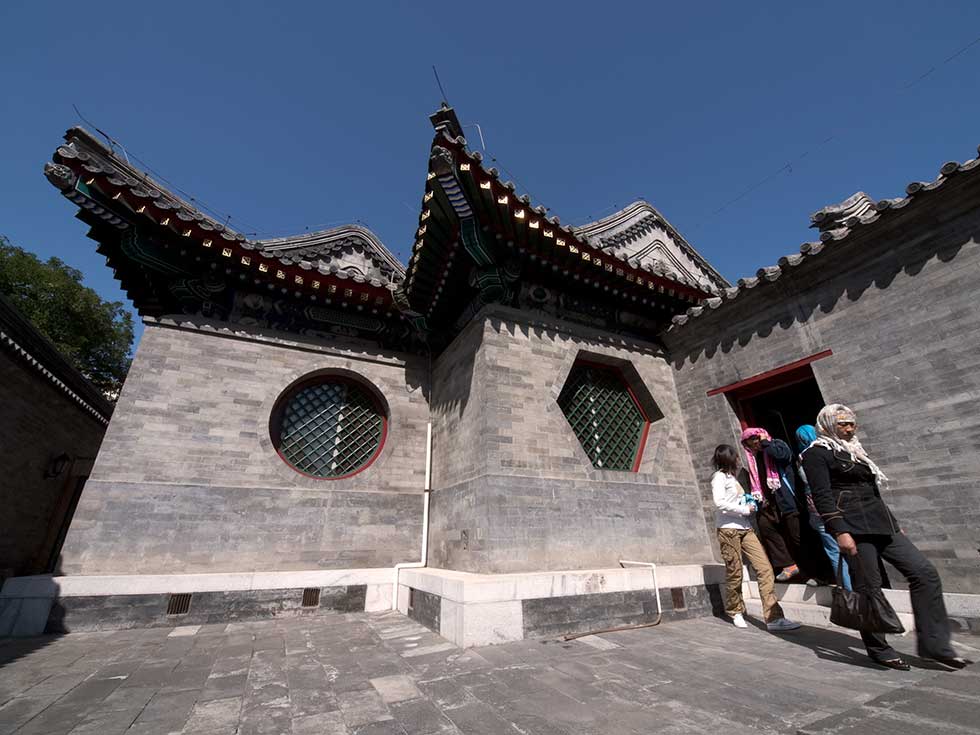
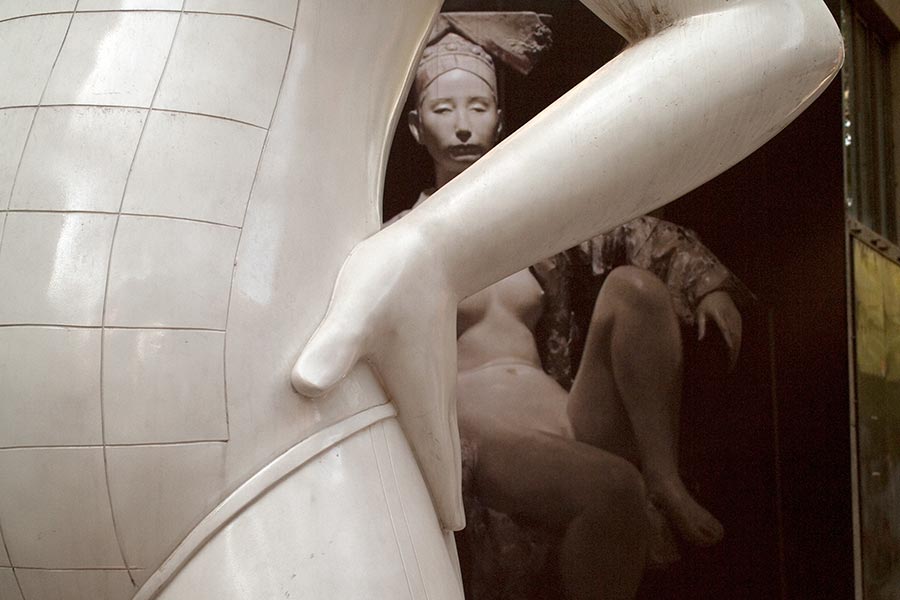
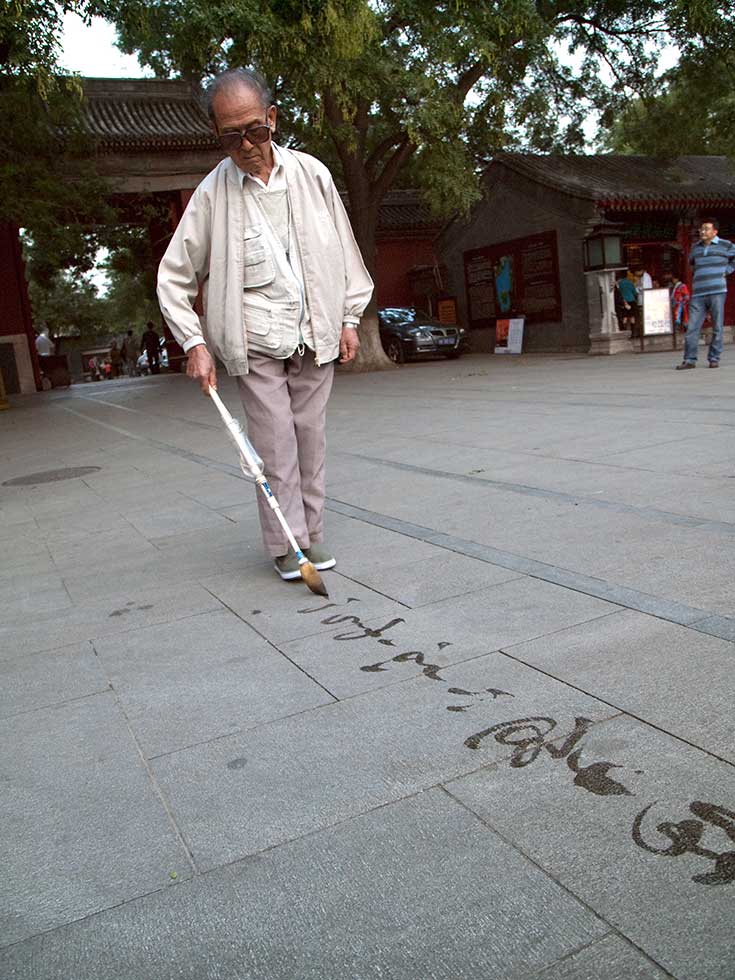
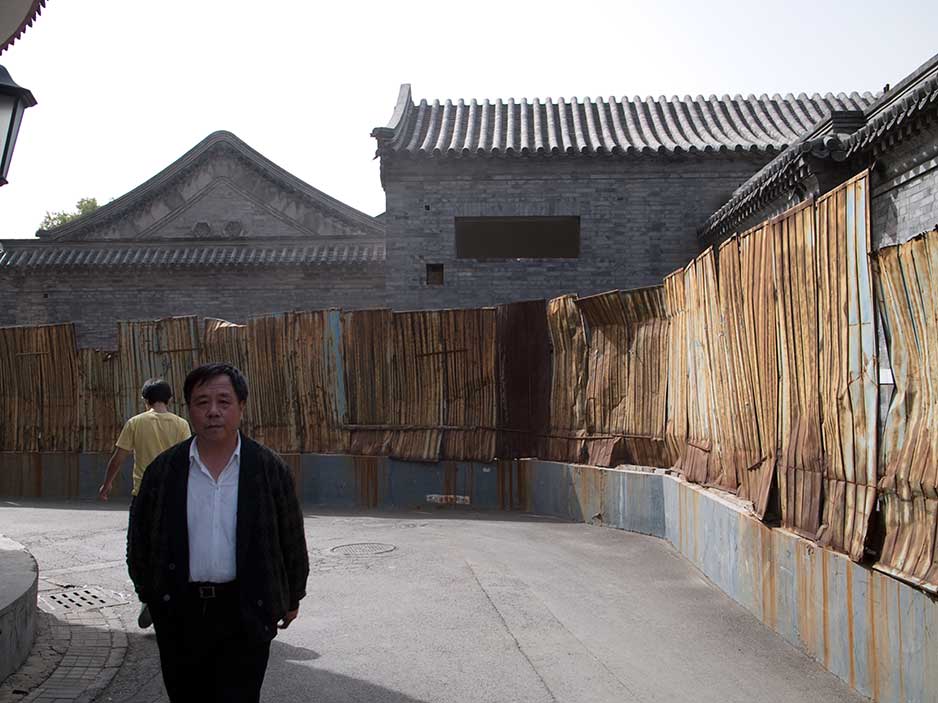
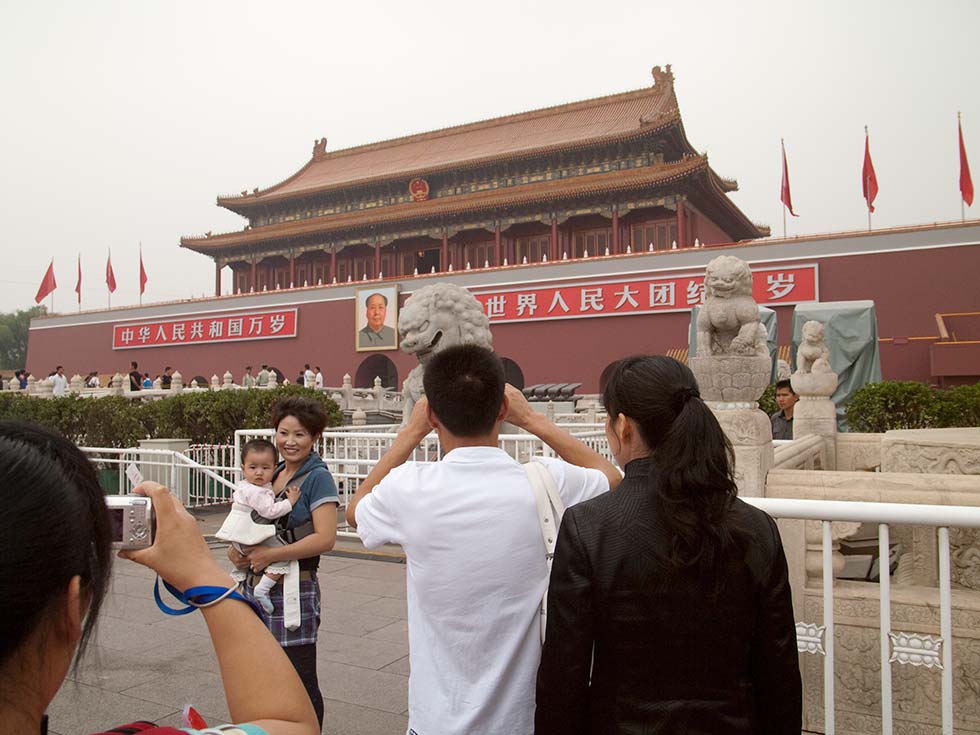
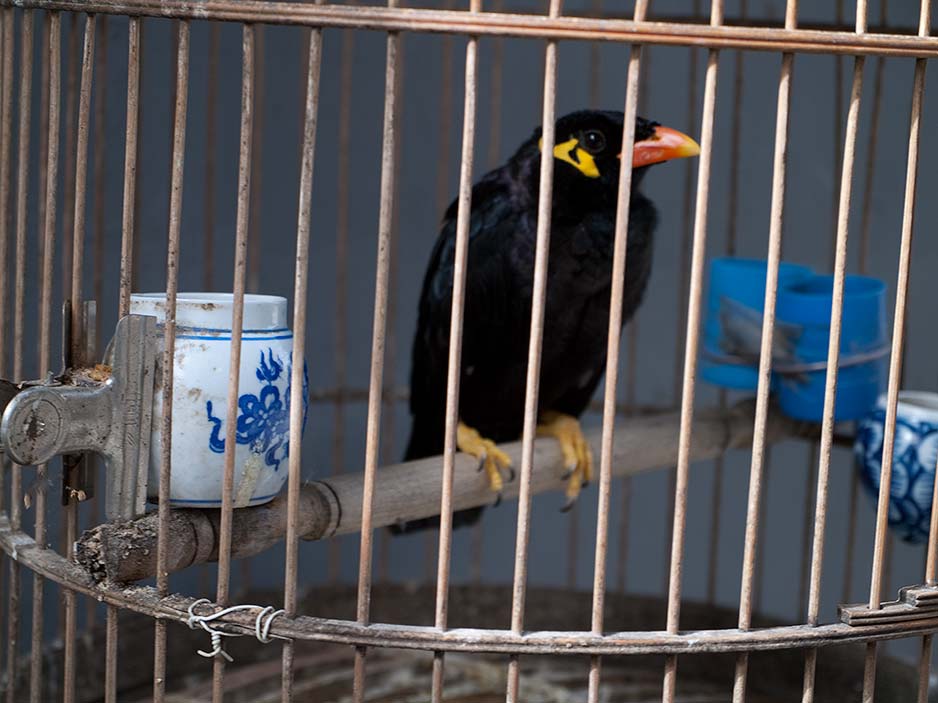
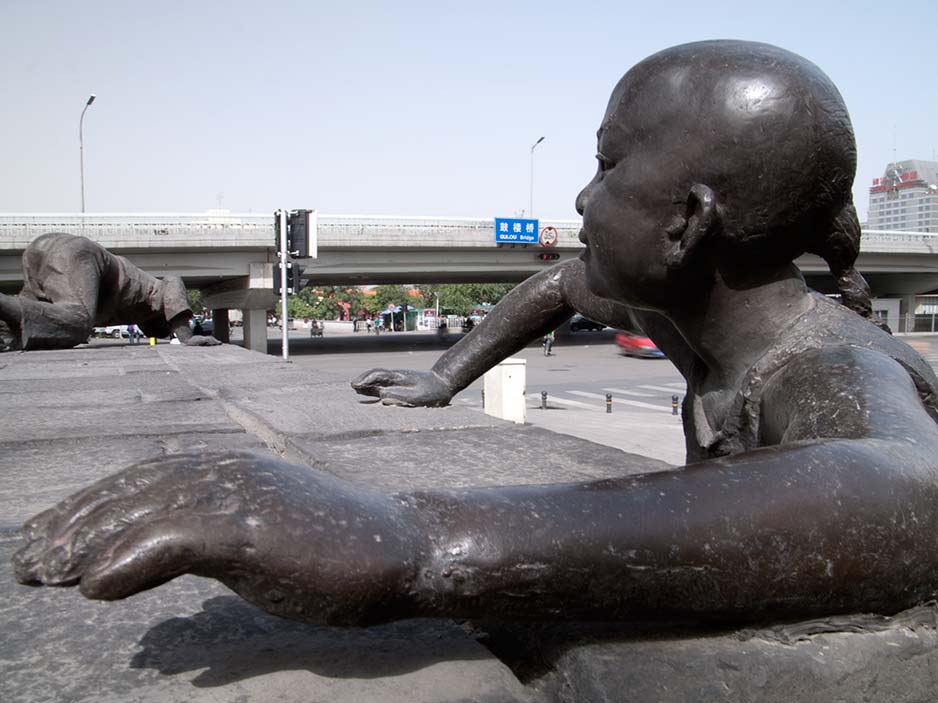
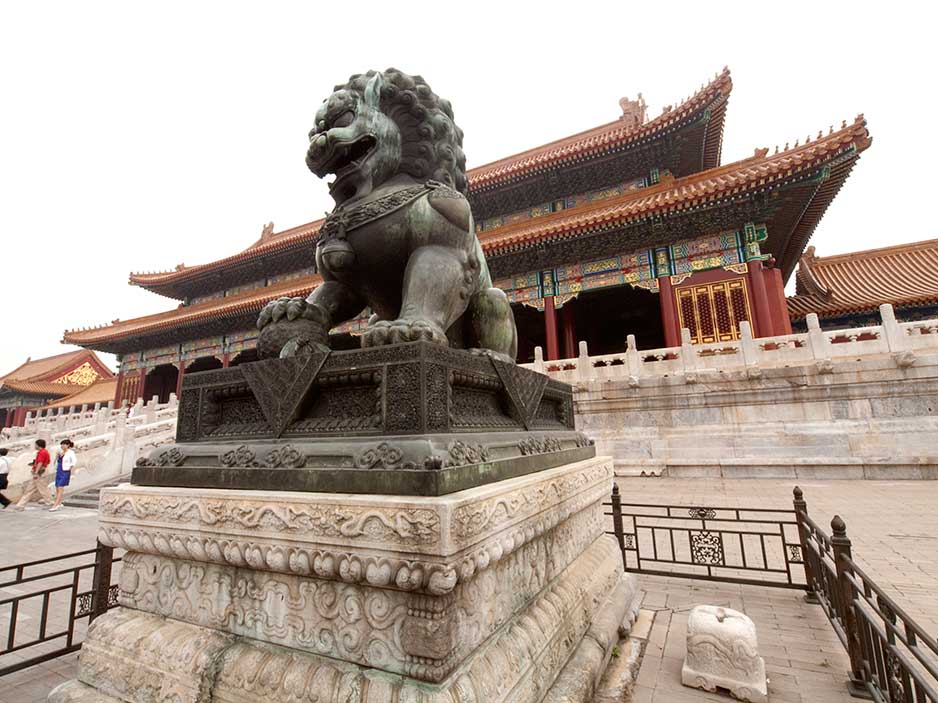
Essentially I came to Beijing assuming that it would be more like a city in the developing world with all the accompanying problems that go with that. Despite its notorious air pollution, Beijing is very much a modern-world city. Of course I was aware that China had undergone a transition from its days as an austere and very poor country, but I believed that there would still be some evidence of that recent past on view in the capitol. I had read that half of the population of China still gets by on less than two dollars a day. I didn’t witness that degree of poverty in Beijing. I couldn’t help but wonder whether the authorities had taken measures to keep the worst of the country’s destitution out of sight in the capitol of the new China.
In addition to its modern gleaming high-rises, Beijing also has an invaluable collection of grand old monuments of significant historic importance.
The famous Forbidden City, for example, was the site of the residences of the Chinese emperors from 1420 to 1912, when China first became a republic. The whole complex is the largest collection of wooden buildings in the world.
Throughout history imperial dynasties have generally sought to impress the viewer of the architecture they have commissioned by building very massive structures that are towering in height. That forced the onlooker to look upwards to behold the edifice and thus increase its impressiveness. That in turn was designed to burnish the aura of greatness of the patron of the project. I was struck right away by the squatness of the buildings in the Forbidden City. There are no lofty structures inside at all. Instead of using colossal structures of great stature to convey a sense of eminence, the Chinese emperors resorted to using vast distances between the buildings to imprint a sense of awe. To visit the Forbidden City means to walk a great deal. There are hundreds of feet of distance between the buildings which gives them the impression of being islands in a sea of cobblestones. The effect works. The Forbidden City is most definitely an imposing sight. The magnitude of the spaces between the buildings is reminiscent of the immensity of China itself.
Once you’ve walked the space between the buildings and get close up to them, you can begin to delight in the beautifully detailed filagree on the bronze fixtures that abound on, and around, them. There are deftly ornamented door knobs and knockers with typical Chinese motifs like dragons and lions for example.
Throughout the site are many gorgeously detailed bronzes of various animals and huge bronze cauldrons also. Perhaps the most impressive sight of all is the throne room in the Palace of Heavenly Purity. The name says it all I suppose.
Within the walls of the Forbidden City there are more massive walls. These have giant portals in them to allow for continued passage. Walking through these makes you feel like a miniature version of yourself.
There’s a flourishing arts scene in Beijing. The best place to check it out is the 798 Art District. This is a complex of decommissioned factory buildings that were converted into artists studios, cafes, and art galleries. After Beijing’s Central Academy of Fine Arts set up it’s new workshop space there in 1995, designers and artists began moving their studios into 798 drawn by the low rents and spacious facilities. Since then 798 Art District has become gentrified and expensive. You won’t find any bargains in the galleries there but it’s fun to wander through them and see the work of some of China’s top visual artists. There’s plenty of places to get a drink or a snack so you can spend many hours there and take it all in. I was surprised to see so many paintings of Mao – in one he’s wearing Mickey Mouse ears – that lampooned him. I would not have thought that anyone in China would be allowed to have fun at the Great Helmsman’s expense.
When I was in Beijing the Central Committee of the Chinese Communist Party was gearing up for the celebrations for the 60th anniversary of the success of the Communist Revolution. Despite being a capitalist country with socialist trappings, much is still made of the Communist Revolution in China. This no doubt has to do with the fact that the Revolution meant the end of centuries of foreign domination over China. Mao Tse-Tung is both revered and reviled in modern China. The destruction of much of China’s historic heritage during the Cultural Revolution that he engineered will forever mar his legacy. Add to that all the many Chinese who suffered unjustly because of his sadistic megalomania and it’s easy to understand why many in China today are at best ambivalent about his rule. It can be said though, that for good and ill, he did give the Chinese their country back.
With the 60th year of the Revolution soon to be honoured, the authorities saw fit to beef up security in the capitol. When the festivities did get under way (after I had gone home) they took the draconian step of ordering people living near Tiananmen Square not to leave their homes during the whole period of the celebrations. The ceremonies took place over several days.
On the day I spent idly walking about Behai Lake and Houhai Lake Parks I noticed on two separate occasions that men with expensive Canon cameras equipped with powerful telephoto lenses were taking my picture. I swear I didn’t just imagine that. There was no doubt that their cameras were pointed directly at me as they held them up to shoot. In both cases they were completely unfazed after I noticed this happening. In fact both of them continued to photograph me despite knowing that I had noticed what they were doing. Why would complete strangers be taking my picture? Were they undercover police? That was my first impression because they were so cool and unruffled even after their actions were obvious to me. That still left the question as to why they were shooting me unanswered. Did I look suspicious because I was taking photos also? Maybe it was just routine surveillance as it’s practiced in China. Or maybe it was less innocent. I’ll never know.